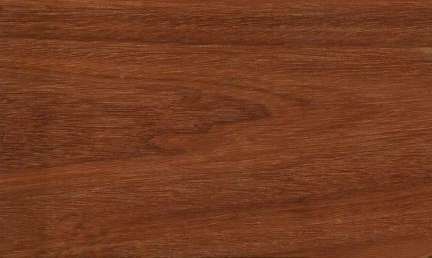
Brown mallet (Eucalyptus astringens)
Family: Myrtaceae
Common names: Brown mallet, Ironbark
Distributed in: India (Oceania and S.E. Asia)
Distribution overview: South western region of western Australia.
Common uses: Bridge beams, Bridge construction, Bridge joists, Building construction, Building materials, Cabin construction, Construction, Crossties, Factory construction, Foundation posts, Heavy construction, Mine timbers, Posts, Railroad ties, Stakes
Product sources: Brown mallet trees are of considerable importance since the bark is a rich source of tannin.
Environment profile: Status has not been officially assessed
Tree size: Trunk diameter is 200-250 cm
Colors: the heart isWhite, Yellowand the sapwoodWhite, Yellow.The grain isInterlocked, the textureUniform
Natural durability: Resistant to powder post beetles, Susceptible to insect attack
Kiln Drying Rate: Slow
Drying Defects: Distortion, Internal Honeycombing Possible
Ease of Drying: Rapidly
Comments: The timber is tough, and is superior in that respect to American ash (Fraxinus americana ), Karri (Eucalyptus diversicolor ), or Spotted gum (E. maculata ). It is also described as dense and very hard, with its toughness increasing on drying
Blunting Effect: Moderate
Cutting Resistance: Moderate to saw
Gluing: Fairly Easy to Very Easy
Nailing: Fair to Good , Fairly Difficult to Very Difficult
Planing: Very Good to Excellent
Resistance to Impregnation: Resistant sapwood
Response to hand tools: Fairly Difficult to Difficult to Work
Routing recessing: Fair to Good Results
Veneering qualities: Veneers easily, Veneers moderately easy
Steam bending: Very Good to Excellent Results
Screwing: Fairly Easy to Very Easy
; Turning: Fairly Easy to Very Easy
Polishing: Very Good to Excellent; Staining: Very Good to Excellent; Varnishing: Very Good to Excellent;
- Numerical data Metric
- Numerical data English
- Strength properties
- References
 |
 |
 |
 |
| Item |
Green |
Dry |
Metric |
| Specific Gravity |
|
|
|
| Density |
|
993 |
kg/m3 |
| Bending Strength |
1130 |
1791 |
kg/cm2 |
| Crushing Strength |
124 |
206 |
kg/cm2 |
| Hardness |
|
1451 |
kg |
| Impact Strength |
|
63 |
cm |
| Shearing Strength |
|
198 |
kg/cm2 |
| Stiffness |
153 |
184 |
1000 kg/cm2 |
| Tangential Shrinkage |
|
|
% |
| Radial Shrinkage |
|
|
% |
| Weight |
|
|
kg/m3 |
| Maximum Load |
|
|
cm-kg/cm3 |
| Toughness |
|
415 |
cm-kg |
| Static Bending |
655 |
888 |
kg/cm2 |
|
 |  |  |  | | Item | Green | Dry | English | | Bending Strength | 16072 | 25480 | psi | | Crushing Strength | 1764 | 2940 | psi | | Density | | 62 | lbs/ft3 | | Hardness | | 3200 | lbs | | Impact Strength | | 25 | inches | | Maximum Crushing Strength | 7585 | 13328 | psi | | Shearing Strength | | 2827 | psi | | Static Bending | 9330 | 12642 | psi | | Stiffness | 2185 | 2626 | 1000 psi | | Toughness | | 361 | inch-lbs | | Weight | 61 | 50. | lbs/ft3 | |
Bolza, E., Kloot, N. H. 1963. The Mechanical Properties of 174 Australian Timbers. Technological Paper No. 25. Division of Forest Products, Center for Scientific and Industrial Organization (CSIRO, Melbourne, Australia.Hillis, W.E. and A.G. Brown, Editors. 1984. Eucalyptus for Wood Production. Commonwealth Scientific and Industrial Research Organization, Academic Press, Australia.Wallis, N.K. 1956. Australian Timber Handbook. Sponsored by The Timber Development Association of Australia. Angus & Robertson, Ltd., 89 Castlereagh Street, Sydney, Australia.
| 







